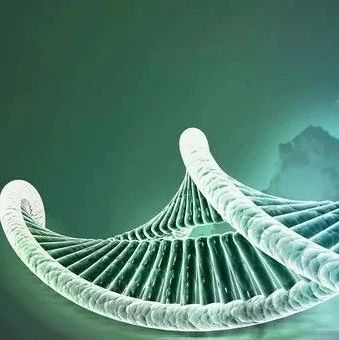中国科学家最新研究成果首次证实在旋毛虫基因组中发现了甲基转移酶并证实了DNA甲基化的存在,改写了长期以来认为线虫中没有该种表观遗传修饰的历史。同时也使以DNA甲基化序列做靶标进行抗寄生虫药物研发成为可能,为抗旋毛形线虫病的药物开发提供了全新思路。相关成果发表于《基因组生物学》。
DNA甲基化作为一种典型的表观遗传修饰现象,其功能及分布已成为当前的研究热点。令人惊奇和难以理解的是,自由秀丽隐杆线虫DNA中未发现甲基转移酶类似基因,且不存在DNA胞嘧啶甲基化现象,从而使之成为一个特例,同时也成为其作为最为广泛模式生物的一大缺憾,更为甚者,其使传统的观点延伸并定义所有线虫均不存在DNA甲基化现象。
该项目组选取寄生线虫——旋毛虫作为研究对象,采用MethylC-Seq分析技术,首次证实了旋毛虫DNA甲基化的存在,且发现在旋毛虫不同的发育时期,DNA甲基化程度变化显著。虫体从出生到成熟DNA甲基化出现了显著上调,且偏重于调控寄生状态的基因。
旋毛虫病是一种危害严重的人兽共患病病种,人类一旦生食或半生食感染有旋毛虫的肉类,急性爆发期主要表现为发烧、颜面浮肿、肌肉剧烈疼痛、腹泻,严重者可致死亡,慢性带虫期常表现为原因不明的常年肌肉酸痛和无力(似风湿),重者丧失劳动能力。目前世界范围内每年隐形感染至少新增1000万人以上,而中国目前的隐性感染总数已逾4000万人,是世界各国重点防控的重要人兽共患病之一。
通过对包括旋毛虫在内的11种线虫的基因组进行扫描,研究人员仅在旋毛虫基因组中发现了dnmt3酶基因,而该酶是从头甲基化所必需的一种酶。此外,旋毛虫中还发现了dnmt2酶,该酶为tRNA甲基化酶,从而证实RNA甲基化可能在旋毛虫发育过程中也扮演着重要角色。
该项目主要完成人高飞博士表示:“这是首次,也是唯一一次在线虫中发现DNA甲基化表观遗传修饰。”
该项目负责人、国际旋毛虫病委员会副主席、吉林大学人兽共患病研究所所长刘明远则介绍说:“旋毛虫病是一种世界范围内分布广泛且危害严重的食源性人兽共患病,是对肉食品安全构成严重威胁的重要病原之一,该成果的获得对该病的有效防控无疑具有深远的意义。”

 Differential DNA methylation in discrete developmental stages of the parasitic nematode Trichinella spiralis
Differential DNA methylation in discrete developmental stages of the parasitic nematode Trichinella spiralis
Fei Gao, Xiaolei Liu, Xiu-Ping Wu, Xue-Lin Wang, Desheng Gong, Hanlin Lu, Yudong Xia, Yanxia Song, Junwen Wang, Jing Du, Siyang Liu, Xu Han, Yizhi Tang, Huanming Yang, Qi Jin, Xiuqing Zhang and Mingyuan Liu
Background DNA methylation plays an essential role in regulating gene expression under a variety of conditions and it has therefore been hypothesized to underlie the transitions between life cycle stages in parasitic nematodes. So far, however, 5'-cytosine methylation has not been detected during any developmental stage of the nematode Caenorhabditis elegans. Given the new availability of high-resolution methylation detection methods, an investigation of life cycle methylation in a parasitic nematode can now be carried out.
Results Here, using MethylC-seq, we present the first study to confirm the existence of DNA methylation in the parasitic nematode Trichinella spiralis, and we characterize the methylomes of the three life-cycle stages of this food-borne infectious human pathogen. We observe a drastic increase in DNA methylation during the transition from the new born to mature stage, and we further identify parasitism-related genes that show changes in DNA methylation status between life cycle stages.
Conclusions Our data contribute to the understanding of the developmental changes that occur in an important human parasite, and raises the possibility that targeting DNA methylation processes may be a useful strategy in developing therapeutics to impede infection. In addition, our conclusion that DNA methylation is a mechanism for life cycle transition in T. spiralis prompts the question of whether this may also be the case in any other metazoans. Finally, our work constitutes the first report, to our knowledge, of DNA methylation in a nematode, prompting a re-evaluation of phyla in which this epigenetic mark was thought to be absent.







